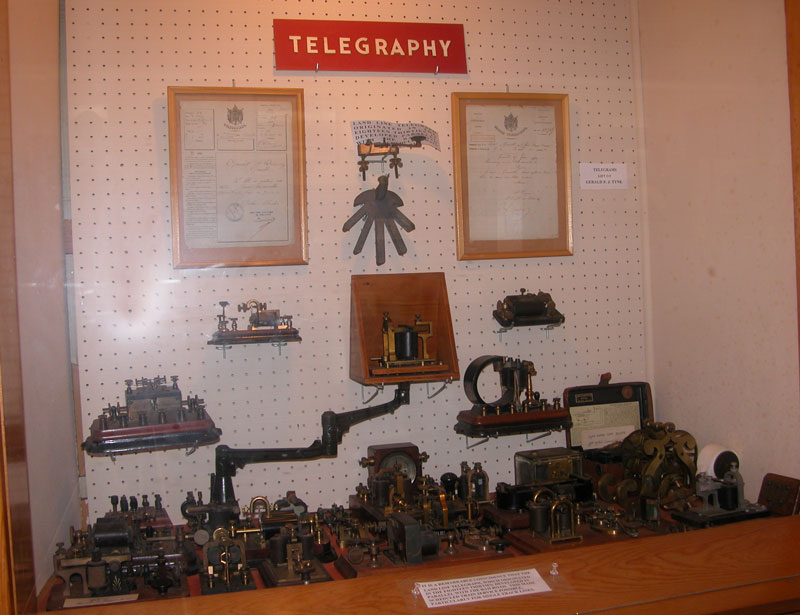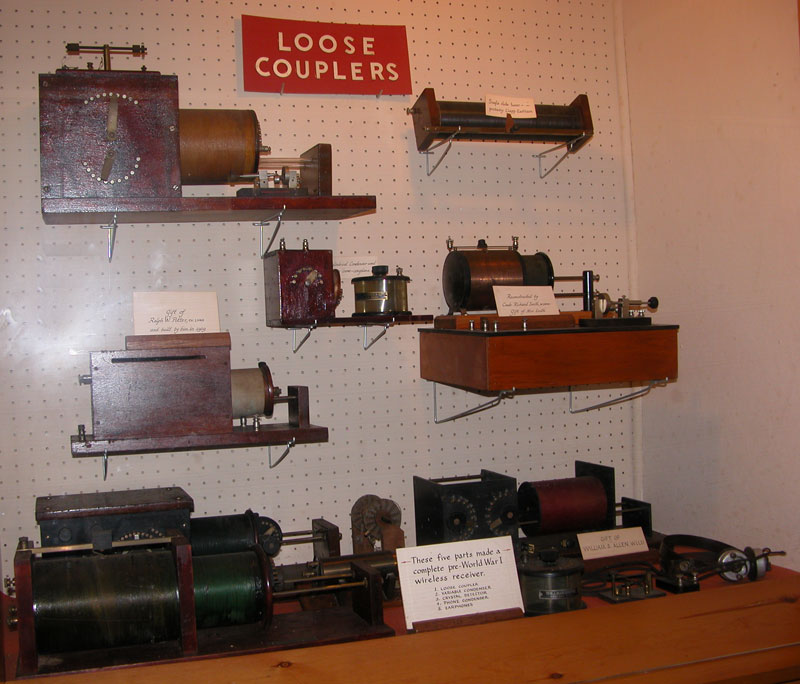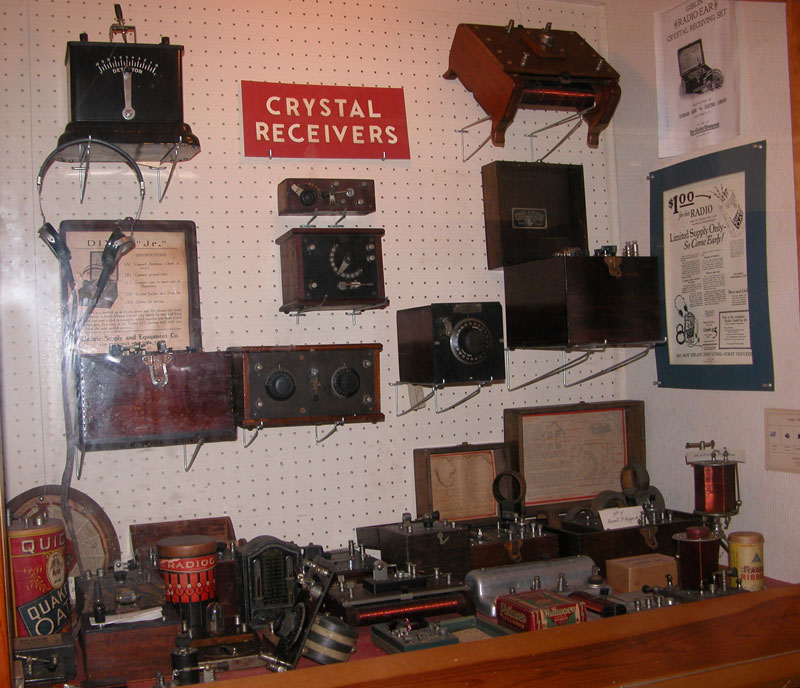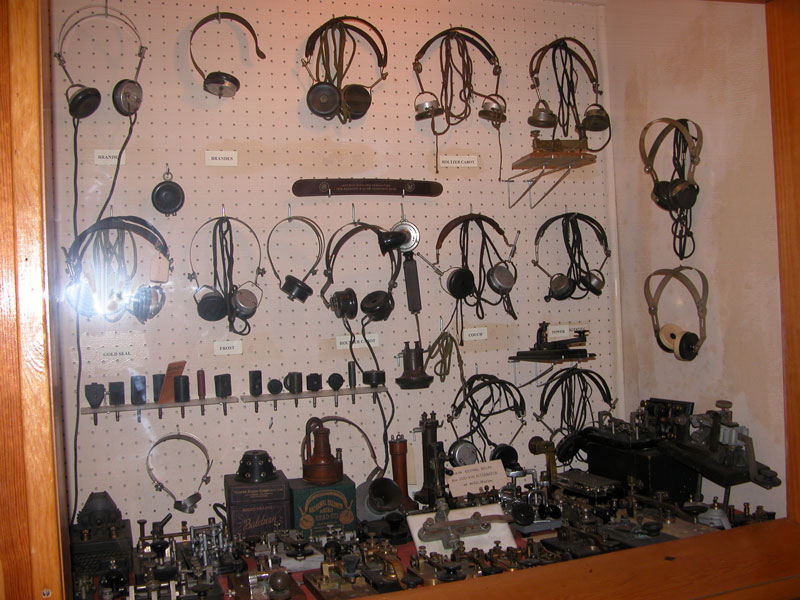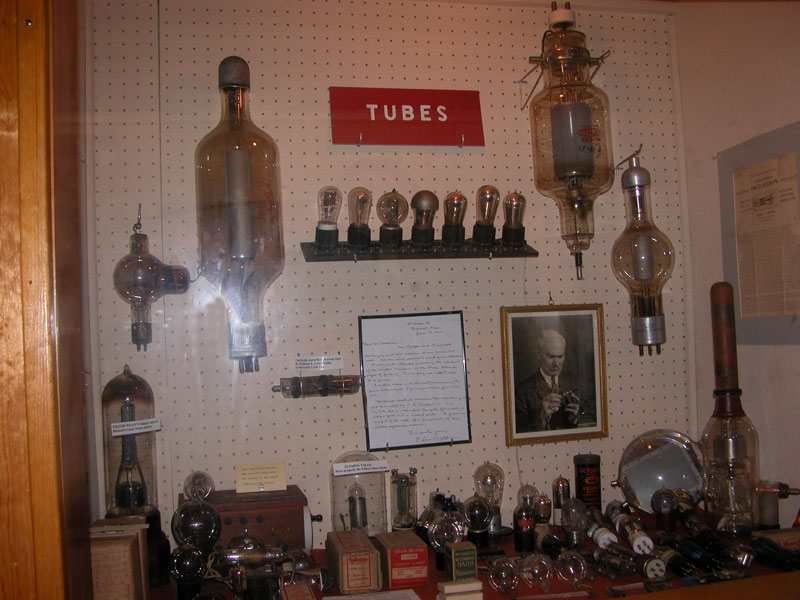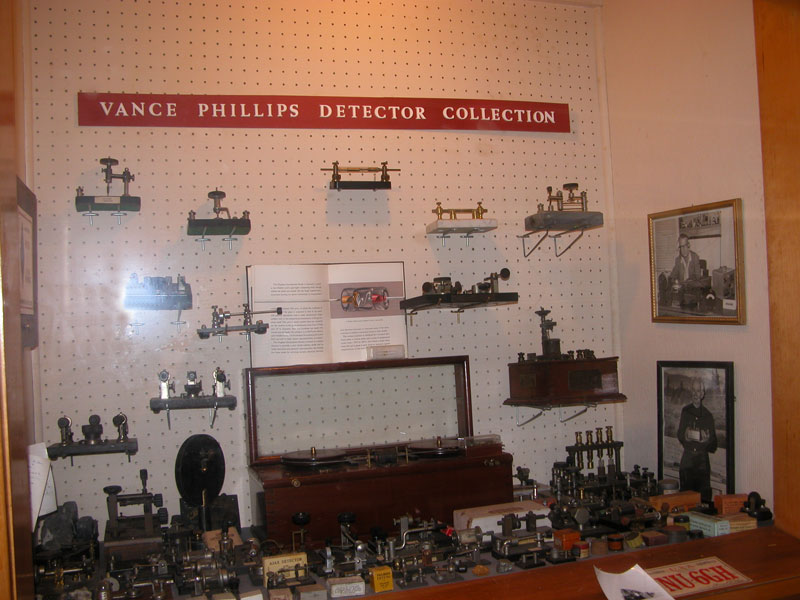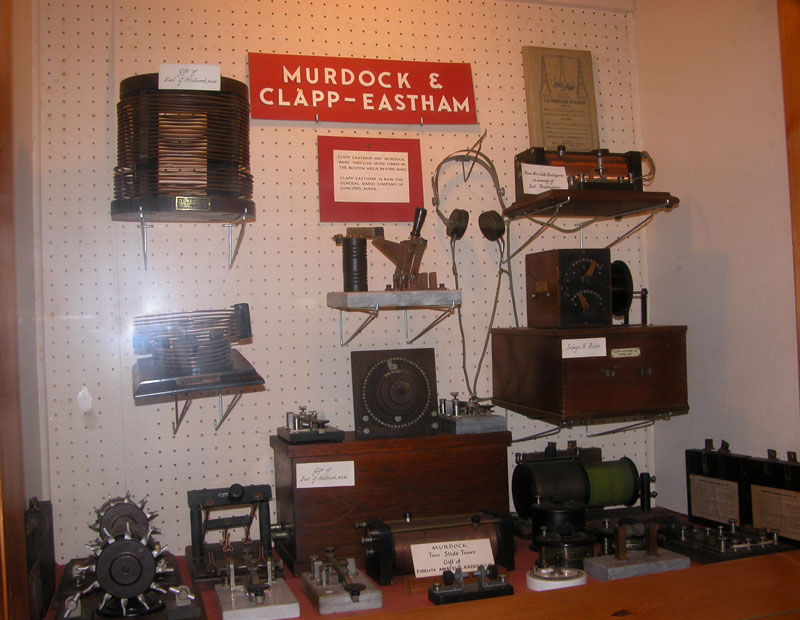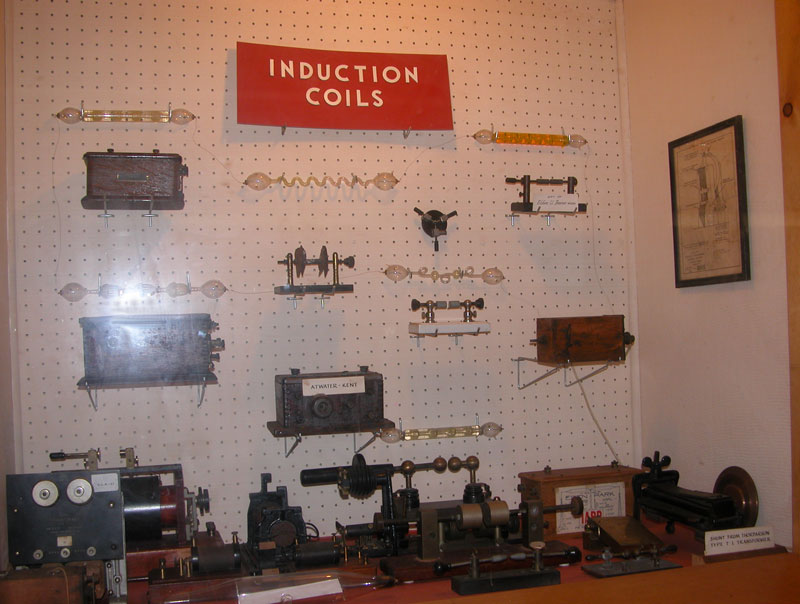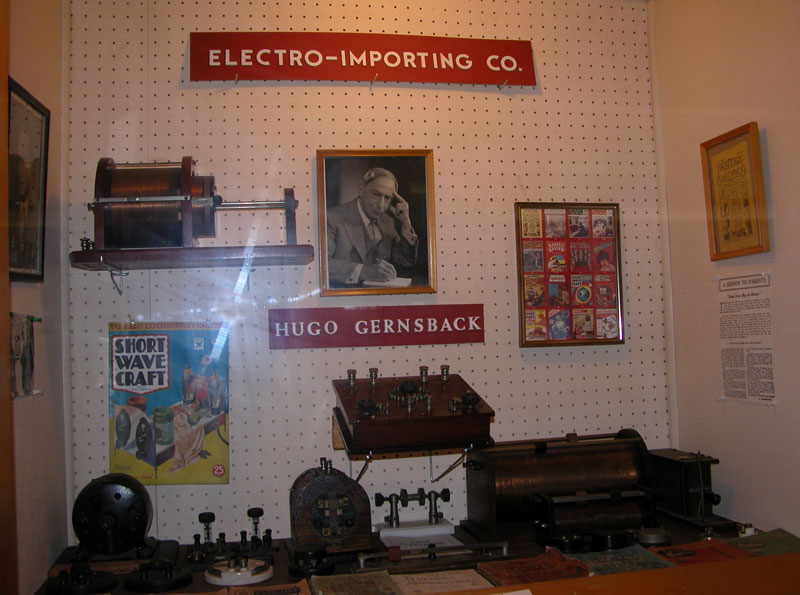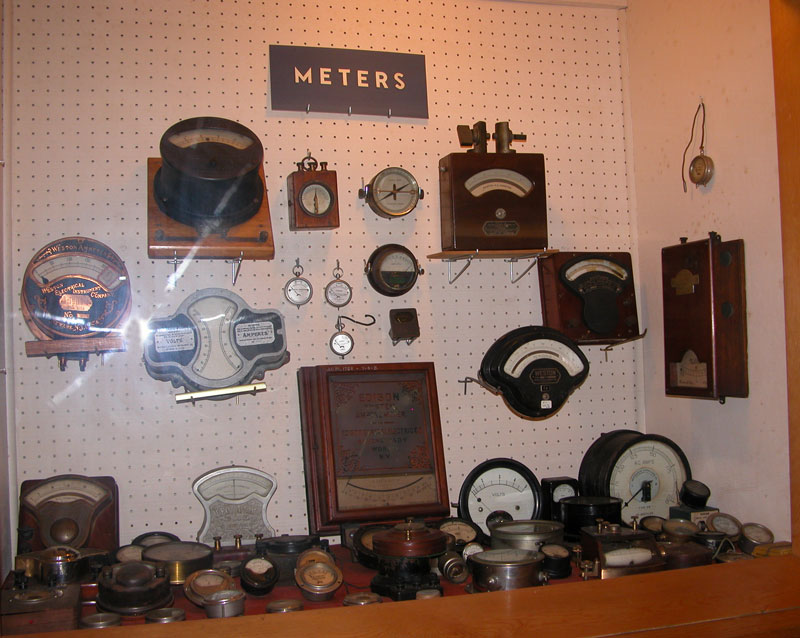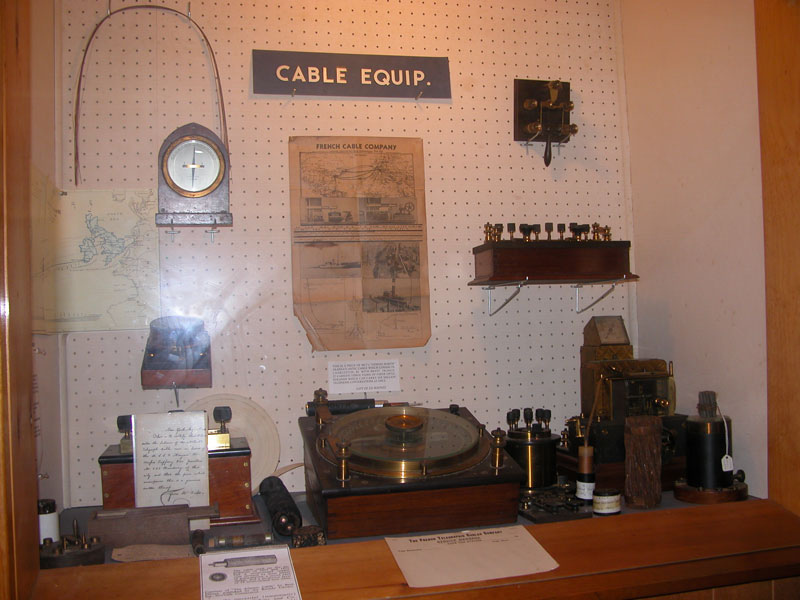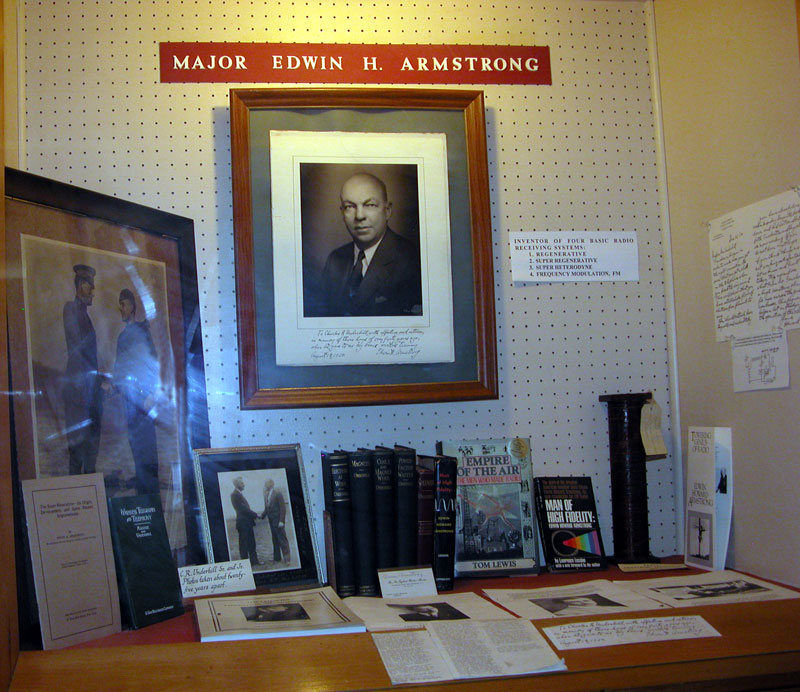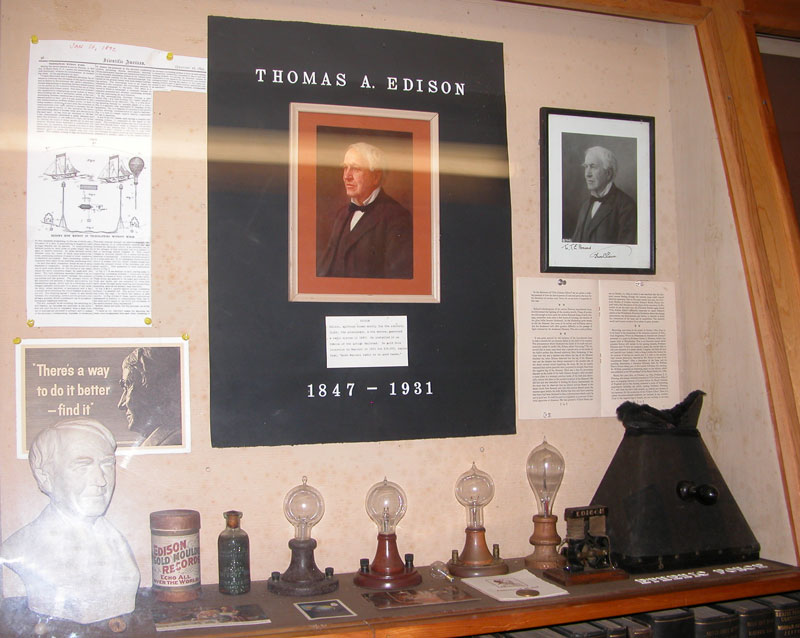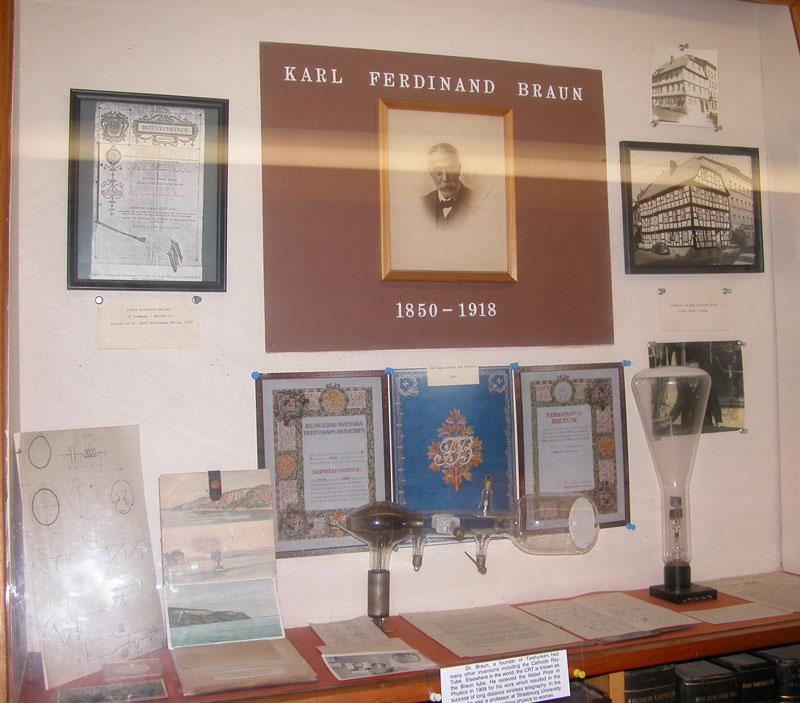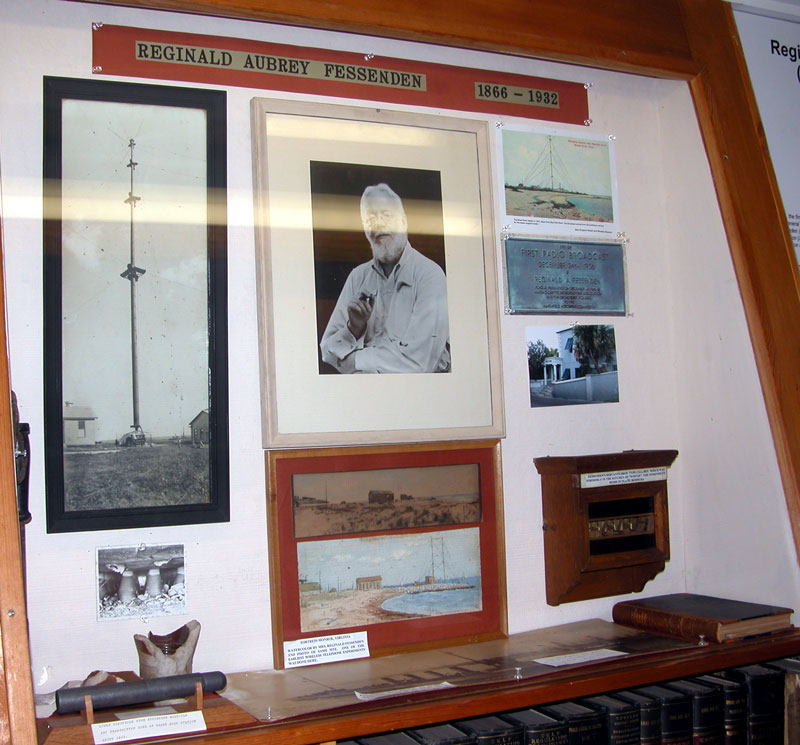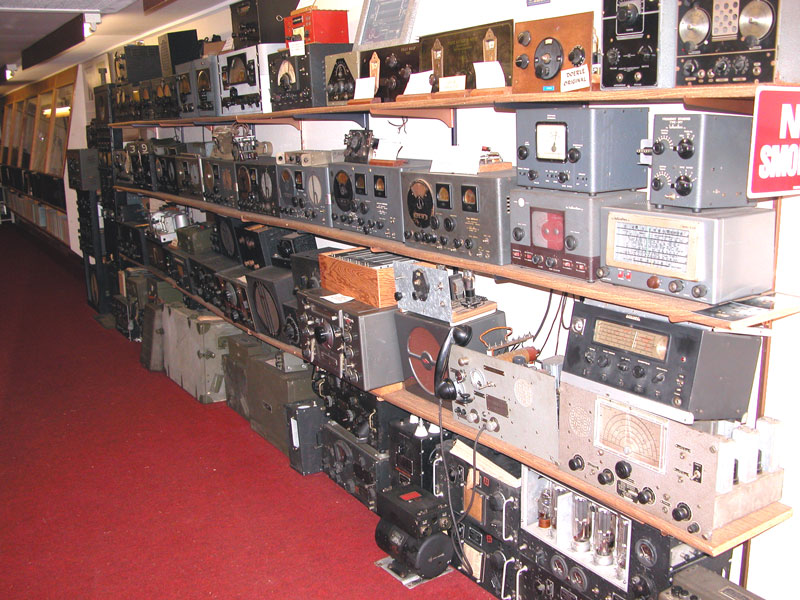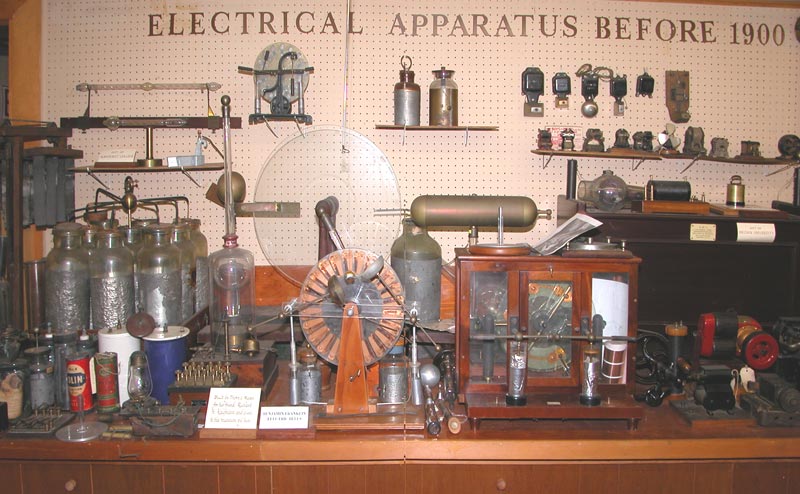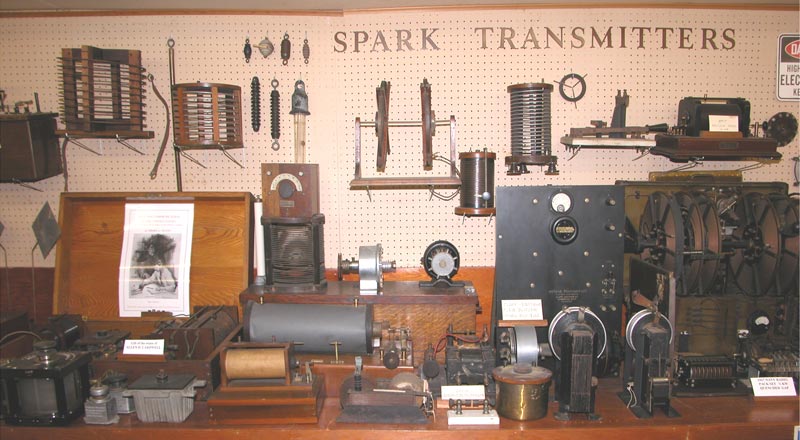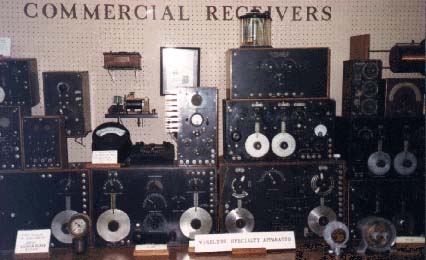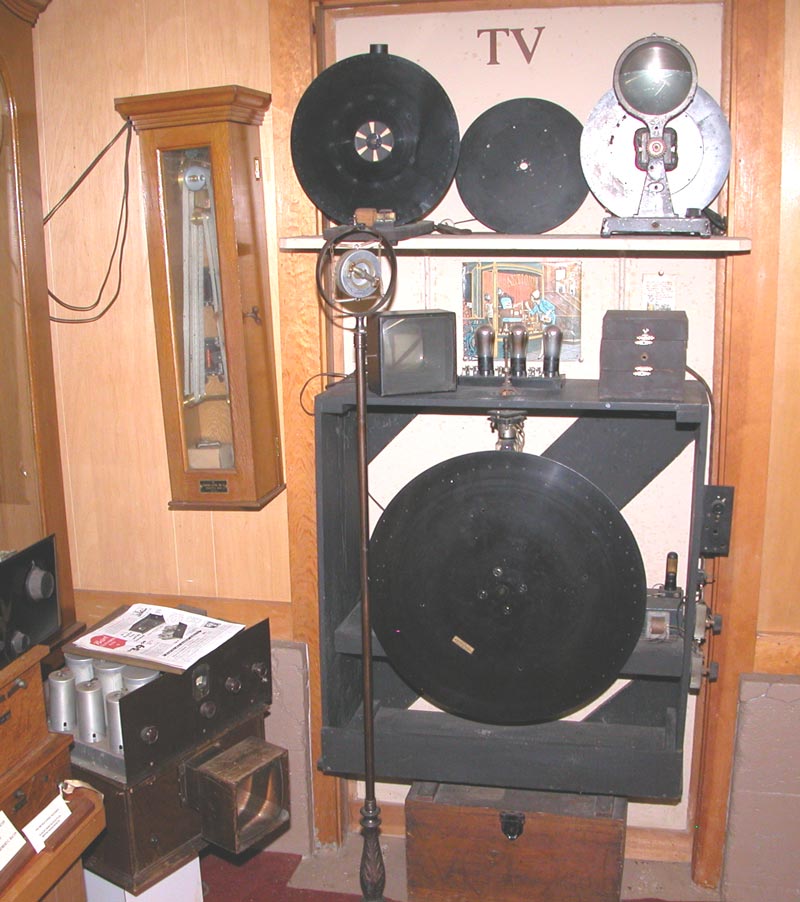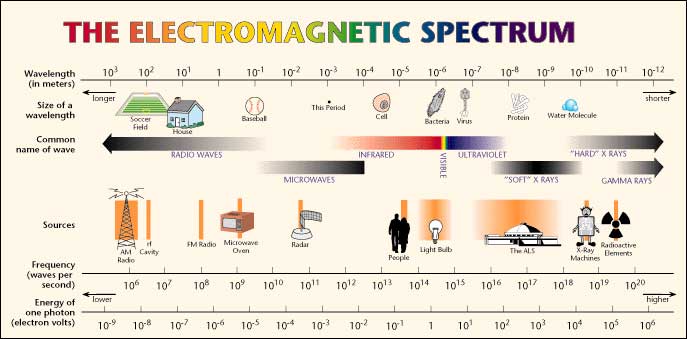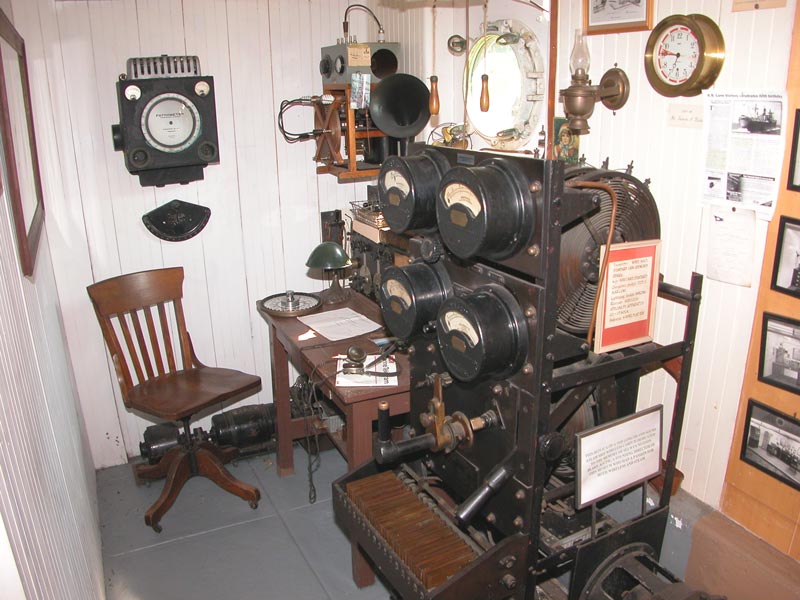 This is a replica of a 1920’s ship radio room, or wireless cabin. The transmitter is a World War I Navy Standard, 1 Kilowatt Kilbourne & Clark Quenched-Gap spark transmitter. →
This is a replica of a 1920’s ship radio room, or wireless cabin. The transmitter is a World War I Navy Standard, 1 Kilowatt Kilbourne & Clark Quenched-Gap spark transmitter. → Ship Radio Room from the 1920’s
 This is a replica of a 1920’s ship radio room, or wireless cabin. The transmitter is a World War I Navy Standard, 1 Kilowatt Kilbourne & Clark Quenched-Gap spark transmitter. →
This is a replica of a 1920’s ship radio room, or wireless cabin. The transmitter is a World War I Navy Standard, 1 Kilowatt Kilbourne & Clark Quenched-Gap spark transmitter. → 